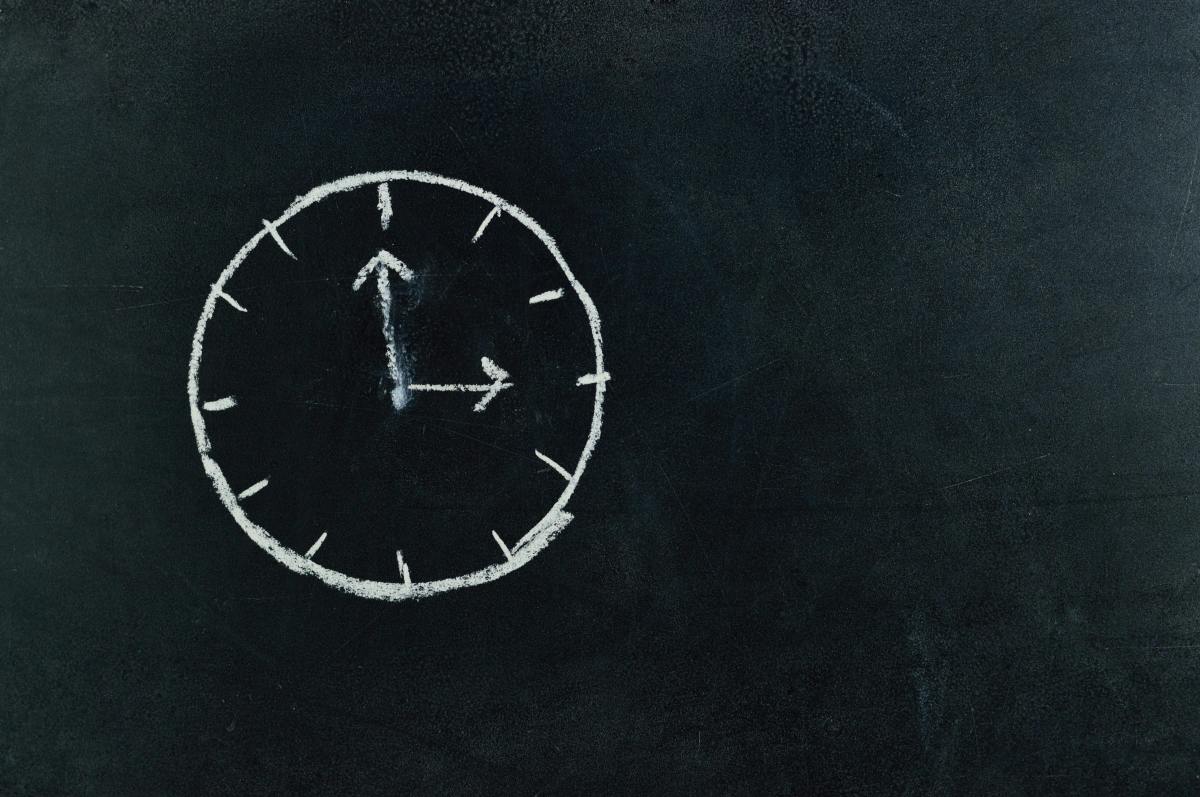Does this sound familiar? You are in a meeting, replying to an email… and while you are writing that email you see a notification from Teams and you read it, and since you are there you start to read other pending Teams messages, some of which remind you that you had to send a document, and so as not to forget you open it… but when you hang up the meeting call: you haven’t heard half of the meeting, the email is still in draft form, you haven’t sent the document…
In a world where notifications are non-stop, meetings overlap and tasks seem to multiply, it’s easy to fall into a cycle of multitasking that leaves us exhausted and feeling like we haven’t made any progress.
The solution: Concentrate on one thing at a time, protect your attention by managing interruptions to avoid being distracted.
In today’s article we will explore how to do this using tools such as David Allen’s Getting Things Done (GTD) method and the Pomodoro Method
Shall we begin?
The power of concentration: one task at a time
Multitasking is a myth. Although we think we progress faster when we do several things at once, studies show that dividing our attention reduces the quality of our work and actually increases the time we spend completing the same tasks. Concentrating on a single activity allows us to work with greater precision and depth, and above all it can bring us greater well-being and free us from stress. But how can we achieve this in an environment full of distractions?
Firstly, I suggest we tackle the internal interruptions with which we self-sabotage. Many of these interruptions are related to the fear of forgetting other tasks and for that it is essential to have a system that allows us to free our mind by capturing all your responsibilities in a reliable system. This will allow you to concentrate on what you are actually doing at any given moment. As we have seen in other articles on Healthy Time Management, David Allen’s Getting Things Done (GTD) method can be your great ally.
Key phases of the GTD method
- Capture: Clear your head of worries, write them down on your to-do list.
- Clarify the task: Review your list to clarify what it means for you to complete that task and what the next concrete action is that will help you move towards the goal.
- Organise the task: Move the entry to the appropriate folder within your system.
- Review the task: Make frequent revisions to keep your list up to date.
- Act on the task: Now that you know you won’t forget anything, focus on the chosen task.
On the other hand, we have external interruptions, in which case the solution can be as simple as deactivating notifications, putting ourselves in ‘do not disturb’ mode and notifying the relevant people that we will be ‘offline’ for the time it takes to complete our task. You can delve deeper into the subject in the article ‘Healthy time management: space to think and grow’
And how do I choose the task to be carried out?
If you have read previous articles and have put the first phases of the GTD method into practice, you will have a list of tasks that can be completed in 20-25 minutes, you will clearly know what to do to complete each one and you will have organised them into folders:
- Urgent: tasks that you have to do yourself, they take you more than 2 minutes and you have to complete them as soon as possible.
- Next actions: tasks that you have to do and take more than 2 minutes.
- On hold: delegated tasks to review.
- Maybe / someday: tasks set aside for later.
If you haven’t already, I encourage you to read the article ‘Get organised without complications’ where you can find ideas for organising your tasks.
It seems obvious that you should start by choosing a task from the ‘Urgent’ folder and forget about the world until you complete it, but the reality is much more complex and you may not have the time you need to complete any of them, or you may not have what you need to do it at hand, or it may simply not be the right time. That’s why the GTD method proposes using three criteria to decide:
- Context: not all tasks can be done at any time or place, you can write down the appropriate context next to the task: in the office, at home, phone calls, on the street (shopping, errands), etc. When it’s time to act, instead of going through the whole to-do list, look for the ones you can do in your current context. This reduces decision fatigue and helps you focus.
- Time available: choose tasks according to the time you have, even if they are not the highest priority. This criterion prevents us from trying to do things that do not fit in with our real availability and leaving them half-finished.
- Available energy: choose tasks that match your energy level. If you try to do complex tasks when you are tired, you will waste time and make mistakes, so it is better to save complex tasks for times when you have high energy. Some examples of tasks according to the energy they require:
- High energy: Creative writing, solving complex problems, strategic planning.
- Medium energy: Replying to emails, making calls, writing reports.
- Low energy: Filing, organising documents, reviewing notes
Protect your attention: Pomodoro Method
Once the task to be carried out has been chosen, it’s time to get down to work. And to protect our attention while we complete it, we can apply the Pomodoro Method to combat distractions and maintain focus.
This method was developed by Francesco Cirillo, and divides work into 25-minute intervals (called ‘pomodoros’), followed by short 5-minute breaks. How lucky that our to-do list is already made up of actions lasting between 20 and 25 minutes!
How to apply it
- Choose a specific task – we’ve got it!
- Set a timer for 25 minutes.
- Work exclusively on that task until the timer goes off.
- Take a 5-minute break.
- After four pomodoros, enjoy a longer break (15-30 minutes).
Remember, if you think a task will take longer, divide it up into manageable sub-tasks that you can complete within one ‘Pomodoro’ before starting on the next one.
On the internet you can find multiple options that will help you use this method, from specialised websites (such as https://pomodorotimer.online/es/) to YouTube videos with white noise or background music. Both Windows (by clicking on the clock) and Mac (in the control centre) have a ‘concentration’ or ‘focus’ mode that disables non-urgent notifications for a chosen period of time.
Interruptions and changes of plan
As we have seen, it is essential to protect ourselves from interruptions, both internal and external, with a good method that frees our mind and configuring our environment to eliminate them as much as possible. In spite of everything, in real life, interruptions are inevitable and we must learn to manage them in order to regain our focus on the task we are doing in the shortest possible time:
- If the interruption takes less than two minutes (or the time you estimate that it does not completely break your concentration), resolve it in the moment.
- If it requires more time, write it down on the list of next actions or plan it for later.
- If it is a new urgent priority, reorganise your tasks to be able to attend to it.
Conclusion
For healthy time management it is important to eliminate the stress caused by constantly having to decide what to do and the lack of focus and concentration.
Applying systems such as GTD to capture, clarify, organise and choose tasks, adopting habits such as concentrating on a single task using the Pomodoro method and managing interruptions strategically can transform the way you work. Remember that it’s not about doing more things, but about doing the things that bring you closer to your goals better and with less stress.
Now that you know how to do it, it’s time to start enjoying deeper concentration when performing your tasks.
And if you falter, remember what motivated you to apply healthy time management techniques. Take action and enjoy the journey!









